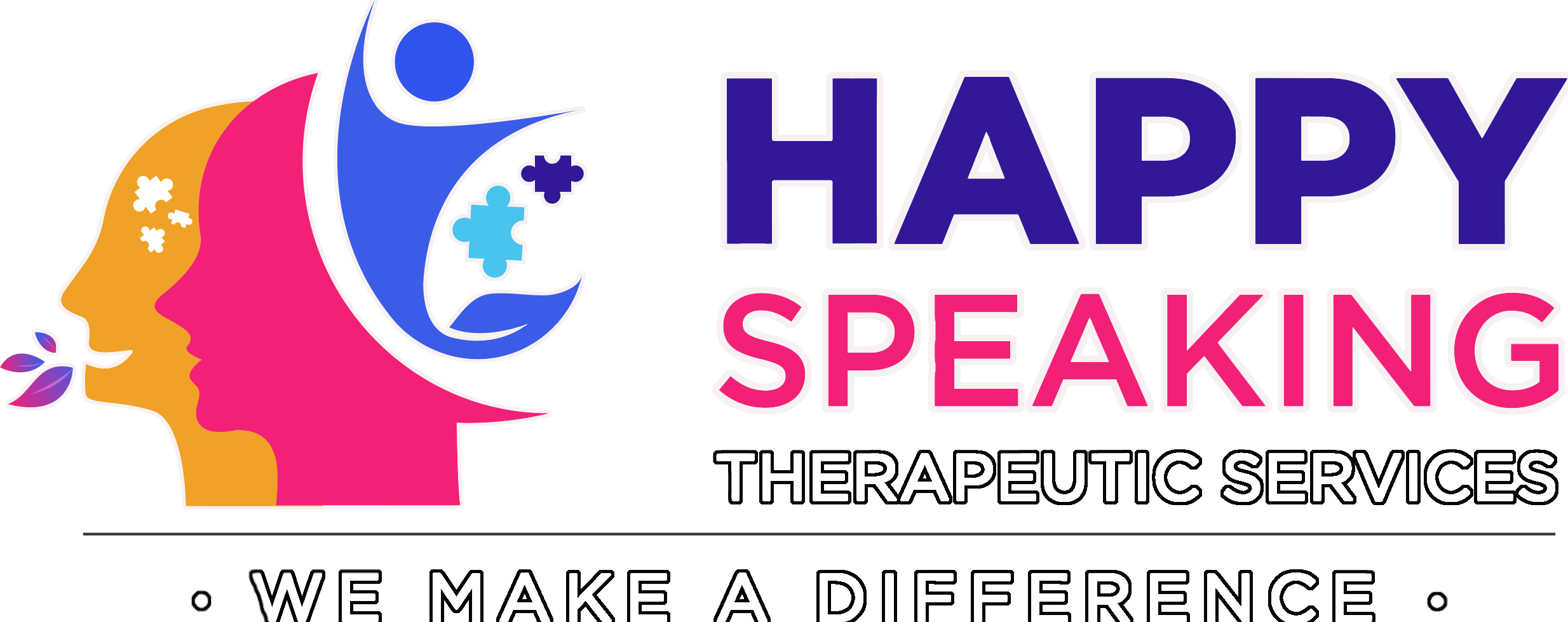
Speech and Language Disorders
-By Mrs. Anjali Maratt
Speech and language disorders encompass a wide range of challenges that affect an individual's effective communication. These disorders manifest in various ways, affecting speech production, language comprehension and expression, voice, fluency, and social communication. Speech and language disorders are typically categorized into receptive and expressive language disorders.
1.Receptive Language Disorder:
oDefinition: Receptive language involves the ability to comprehend spoken or written language, including vocabulary, grammar, and the meaning of words and sentences.
oCharacteristics:
Difficulty following verbal instructions.
Challenges in understanding spoken or written information.
Limited vocabulary comprehension.
Struggles with identifying and interpreting non-verbal cues.
oExamples:
Difficulty understanding stories or classroom instructions.
Challenges in answering questions or responding appropriately to conversations.
Limited ability to grasp the meaning of written text.
oIntervention: Speech and language therapy often includes activities to enhance comprehension skills, vocabulary development, and the ability to follow directions.
2.Expressive Language Disorder:
oDefinition: Expressive language involves the ability to communicate thoughts, ideas, and feelings using spoken or written language, encompassing vocabulary, sentence structure, and the formulation of coherent messages.
oCharacteristics:
Limited vocabulary and difficulty finding the right words.
Challenges in forming grammatically correct sentences.
Struggles with organizing thoughts and expressing ideas clearly.
Reduced use of complex or varied language.
oExamples:
Difficulty telling stories or expressing oneself coherently.
Limited use of descriptive or expressive language.
Challenges in providing detailed information or explanations.
oIntervention: Speech and language therapy may focus on improving expressive language skills, including building vocabulary, enhancing sentence structure, and conveying thoughts effectively.
Individuals may experience either receptive or expressive language disorders separately or concurrently (mixed receptive-expressive language disorder). The severity of these disorders varies, and early identification and intervention through speech-language therapy can significantly enhance language skills and overall communication abilities, contributing to an improved quality of life.
Speech pathologists can assist:
Children: Supporting them in asking for wants and needs independently, aiding in functional verbal communication or implementing an Augmentative and Alternative Communication (AAC) system.
Adults: Facilitating effective expression of ideas, improving confidence in social settings, enhancing fluency, or addressing swallowing concerns.
